Our smiles are important for our health and our well-being. To keep your smile bright, you need a healthy smile. Yet, a healthy smile requires good oral hygiene. Regular brushing, flossing, and dental check-ups help prevent oral issues.
However, there are times when a regular cleaning may not be enough to keep your teeth and gums in optimal condition. In such cases, a deep cleaning, also known as scaling and root planing, may be necessary.
Understanding Deep Cleaning
A deep cleaning targets the areas below the gumline, where plaque and tartar accumulate, leading to gum disease if left untreated. The procedure involves two main steps: scaling and root planing. Scaling removes plaque and tartar from the tooth surfaces and beneath the gums. On the other hand, root planing smooths out rough spots on the tooth roots to prevent bacteria buildup.
Signs You Might Need a Deep Cleaning
A deep cleaning is much more than a regular cleaning. As a result, it is not necessary for every patient to have this type of cleaning for regular check-ups. However, there are certain signs that you might need a deep cleaning.
Gum Recession: If you notice your gums pulling away from your teeth, exposing the roots, it could indicate gum recession. This exposes vulnerable areas where bacteria can build, leading to gum disease.
Bleeding Gums: Healthy gums should not bleed during brushing or flossing. If you experience frequent gum bleeding, it could be a sign of gum inflammation. This may require a deep cleaning to resolve.
Persistent Bad Breath: Chronic bad breath, or halitosis, can be a sign of underlying dental issues such as gum disease or cavities. A deep cleaning can help address the root cause of the bad breath by removing bacteria from hard-to-reach areas.
Loose Teeth: Loose or shifting teeth can indicate advanced gum disease, where the supporting structures of the teeth are compromised. A deep cleaning can help remove the bacteria causing the infection and prevent further tooth loss.
Deep Periodontal Pockets: During a dental exam, your dentist may measure the depth of the pockets between your teeth and gums. If these pockets are deeper than normal, it suggests gum disease has progressed. A deep cleaning may be necessary to remove the buildup of plaque and tartar.
The Deep Cleaning Process
Undergoing a deep cleaning typically involves multiple visits to your dentist or dental hygienist. The procedure begins with an exam of your teeth and gums to assess the extent of the gum disease. Your dentist may administer local anesthesia to make sure you are comfortable during the procedure.
Next, the scaling process begins, where special tools remove plaque and tartar from the tooth surfaces and beneath the gum line. This step may take several sessions, depending on the severity of the buildup.
Once scaling is complete, root planing smooths out rough areas on the tooth roots. This makes it harder for bacteria to stick and build. This step promotes gum reattachment to the teeth and prevents future infections.
After the deep cleaning, your dentist may prescribe antibiotics or antimicrobial mouthwash to reduce bacterial growth and inflammation further. Follow-up visits will be scheduled to monitor your progress and ensure that your gums are healing properly.
